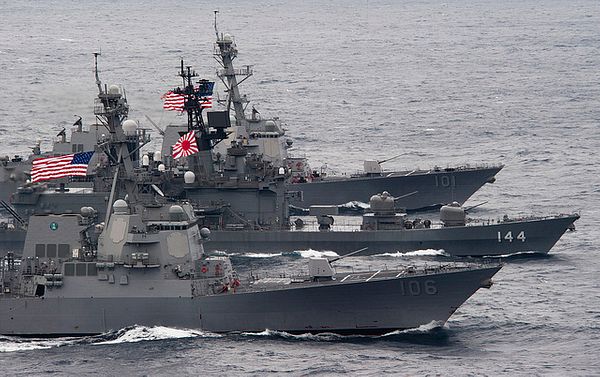Brian Patrick Bolger studied at the London School of Economics. He has taught political philosophy and applied linguistics in universities across Europe. His articles have appeared in The National Interest, The Montreal Review, The European Conservative, The Salisbury Review, The Village, New English Review, The Burkean, The Daily Globe, American Thinker, and Philosophy Now. His book, Coronavirus and the Strange Death of Truth, is now available in the UK and US. His latest book, Nowhere Fast: The Decline of Liberal Democracy will be published soon by Ethics International Press. He lives near Prague, Czech Republic.

